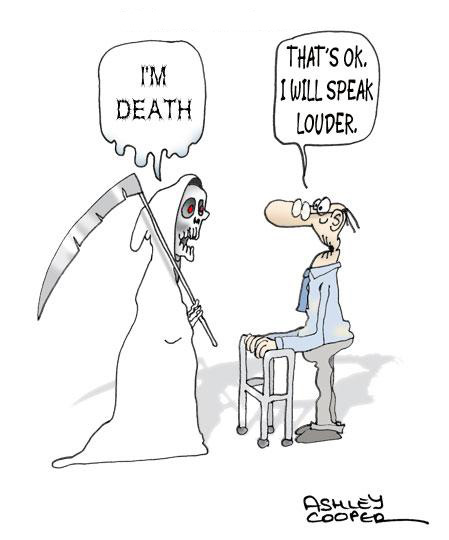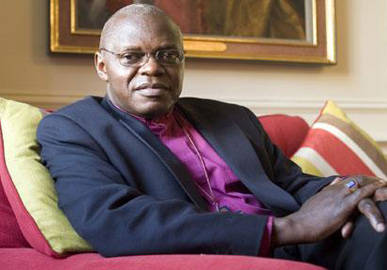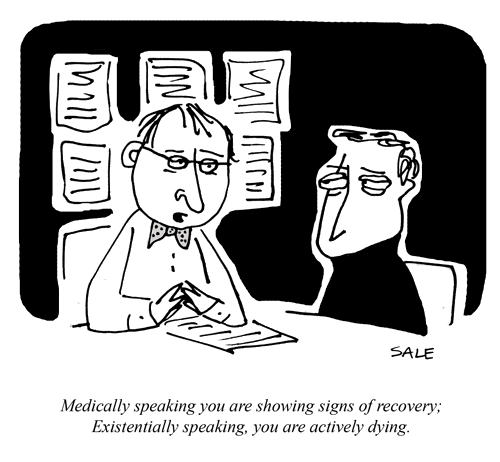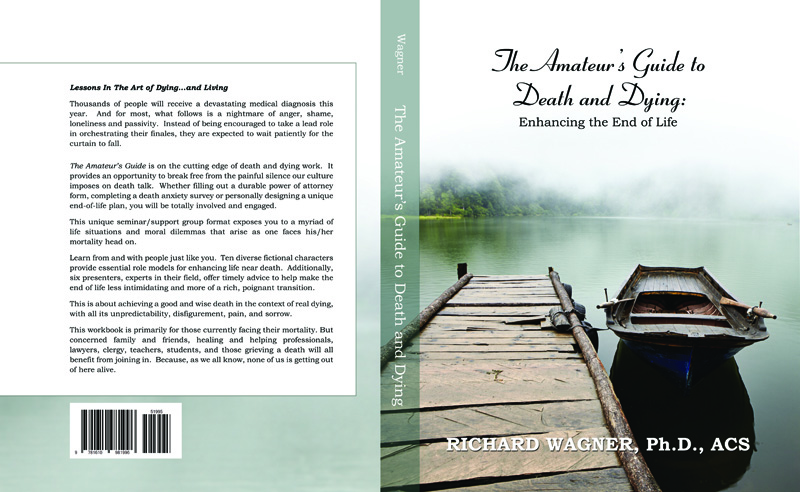‘Dying to Know’, a drama about the difficulties and benefits of talking about end of life wishes, received a rapturous and emotional reception at the Cannes Film Festival today (Friday 25 May).
The 30-minute film, which was selected for the short films category at the Palais des Festivals, was produced and directed for Dying Matters by pFlix Films. Leon Ancliffe, managing director of pFlix Films, said: “We could have filled the room twice over. It was jammed, with people sitting on the floor. It was brilliantly received. There wasn’t a dry eye in the house. It’s overwhelming how well it went down.”
‘Dying to Know’, which aims to prompt conversations about death and dying, was commissioned by Dying Matters in partnership with Earl Mountbatten Hospice on the Isle of Wight. It began life as a theatre play, written by Helen Reading, director of the Red Tie Theatre on the Isle of Wight, and was turned into a film starring the original cast following a successful UK tour.
Leon said: “The actors and actresses from the original play pulled out all the stops and took to the screen with ease, giving brilliant performances. The script is heart-rending, uncovering the raw emotions and difficult conversations that encompass an impending bereavement, with humour, tact and grace.”
“We’re extremely proud of this opportunity to encourage more people to talk about death, dying and bereavement and hope that the film can go some small way to easing what can be an extremely difficult time.”
‘Dying to Know’ was filmed entirely on location in the Isle of Wight and featured many local residents as extras. A trailer of the film was shown at the Dying Matters Awareness Week launch event earlier this year before its world première on the island in April.
Complete Article HERE!





